2023.04.06
National Tsing Hua University (NTHU) in Taiwan recently celebrated its 112th anniversary and the 67th anniversary of its reestablishment in Taiwan, which makes now a good time for reflecting on the school's origins. On April 10, 1905, Liang Cheng (梁誠), the Chinese ambassador to the United States, sent a telegram to the imperial court requesting permission to ask the US government to return the Boxer Indemnity to China for the purpose of establishing a school and sending students to study abroad. The Tsing Hua Entrepreneur Network (TEN) recently purchased a reproduction of this telegram as well as related correspondence and presented them to NTHU.
The telegram is in a collection of 43 important documents belonging to the Ministry of Foreign Affairs that are currently deposited at the Institute of Modern History at Academia Sinica. The TEN purchased copies of the ten telegrams relating to the refund of the Boxer Indemnity, and selected the three most important ones to be enlarged and framed for display in the President's Reception Room at NTHU.
A skilled negotiator
The anti-foreign Boxer Rebellion broke out in 1900, but was soon suppressed by the Eight-nation Alliance. The following year, the Qing court signed the Boxer Protocol requiring China to pay massive reparations to the Eight-nation Alliance. Among them, the United States demanded $24 million from the Qing court, but Liang Cheng later learned that US Secretary of State John Hay felt that the amount was excessive, and so he began to pursue a refund.
In these telegrams Liang states that there is widespread support in the US for a refund of the indemnity, especially if the refund were to be used for education.
In one of the documents Liang points out that the way in which the interest was being calculated has resulted in an overpayment of more than US$10 million.
In another telegram from the collection, we learn that the Chinese Minister of Foreign Affairs Yuan Shikai (袁世凱) advocated using any refund that might be forthcoming for building roads and mines. In addition, in spite of the death of John Hay, Liang’s two years of skilled negotiations eventually resulted in the US agreeing to a refund.
From indemnity to education fund
When the United States agreed to the refund in 1907, Liang Cheng sent a telegram to the imperial court stating that it was frontpage news in major American newspapers such as the New York Times, the Baltimore Sun, and the Philadelphia Inquirer, adding that the outcome would bring mutual benefit and be remembered as a bright page in the history of diplomacy.
According to records from the Ministry of Foreign Affairs, in 1911 the Qing court used the indemnity refund to establish the US Overseas Education Office for sending top Chinese students to study in the United States. The refund was also used to establish Tsinghua College, which opened on April 29 of that same year---the date still observed as NTHU’s anniversary. Following the fall of the Qing dynasty and the founding of the Republic of China (ROC), the College was renamed Tsinghua School, and in 1928 it officially became National Tsinghua University.
Due to the efforts of Luo Jialun (羅家倫), the first president of Tsinghua, the Tsinghua Fund was entrusted to the China Foundation for the Promotion of Education and Culture. When the Communists finally prevailed in the Chinese Civil War, forcing the ROC government to retreat to Taiwan, the Tsinghua Fund was also transferred to the island by Tsinghua President Mei Yi-chi (梅貽琦) and used to establish NTHU, which receives interest from the Fund up to the present day.
Remembering the past to see the future
The key figure behind the acquisition of these historical documents was Lin Yen-ying (林彥穎), deputy secretary-general of TEN and a graduate of the Department of Nuclear Science and the Department of Electrical Engineering. He hopes that these important documents will help educate NTHU students about the colorful history of their school, established during the turmoil of war and a pivotal phase in the meeting of China and the West.
Lin said that it’s important to preserve and pass on a school’s history, as is done at famous universities such as Harvard, Oxford, Stanford, and MIT.
NTHU President W. John Kao (高為元) said that this batch of documents sheds much light on NTHU’s origins as a school for preparing Chinese students for studies in America. Founded amid the chaos of war, NTHU continues to emphasize national and social progress through education and research, reflecting the school’s mission of “Self-discipline and social commitment.”
When speaking at international events, Kao makes it a point to mention the historical connection between NTHU and the Boxer Indemnity refund. Upon seeing these precious documents on public display, he was moved to remark, “Reading these momentous documents brings us into a dialogue with history. Only by understanding the path we have traveled can we anchor ourselves in the present and look forward to the future.”
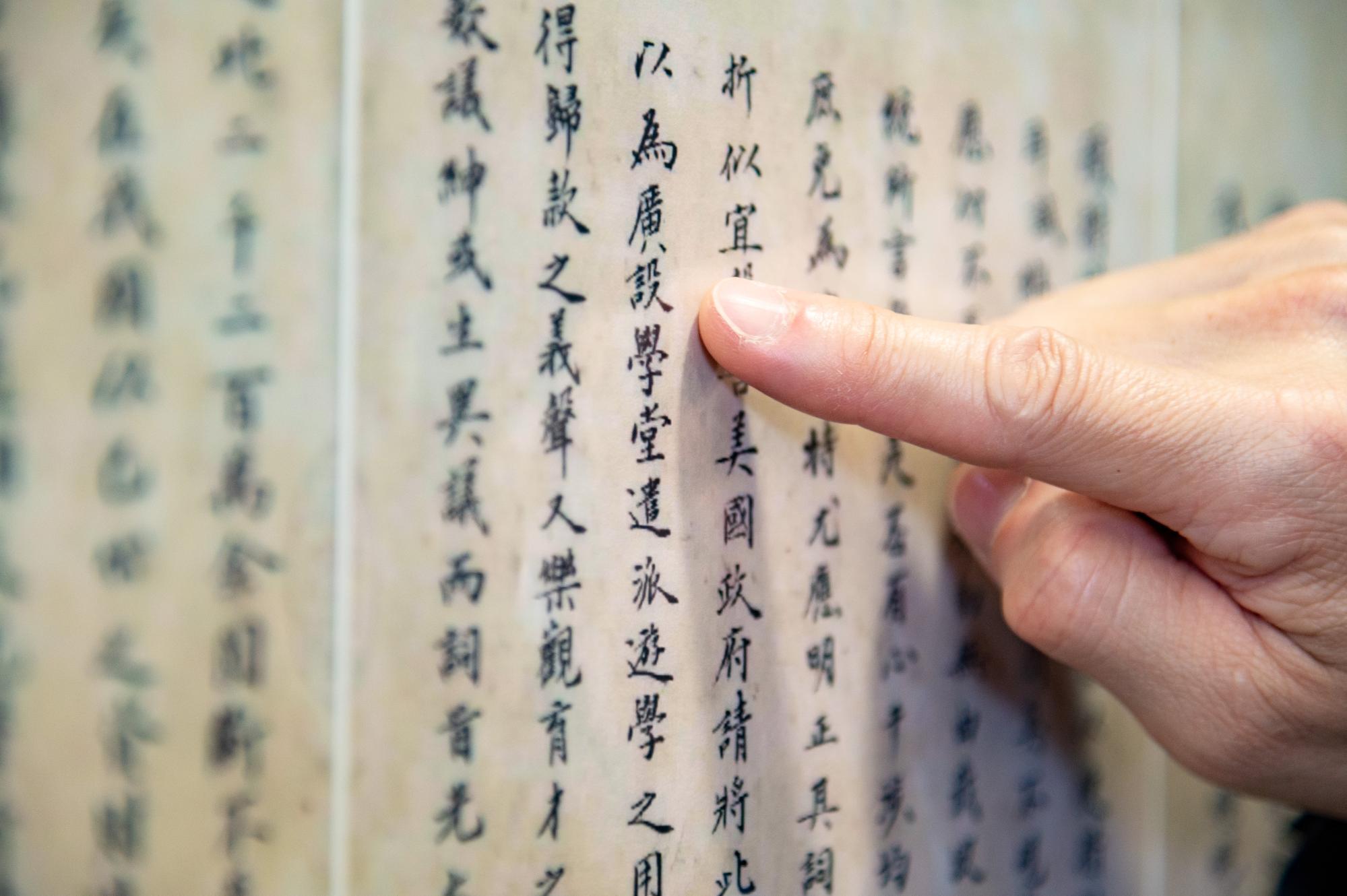
In these telegrams, Liang states that there is widespread support in the US for a refund of the Boxer Indemnity, especially if the refund were to be used for education.
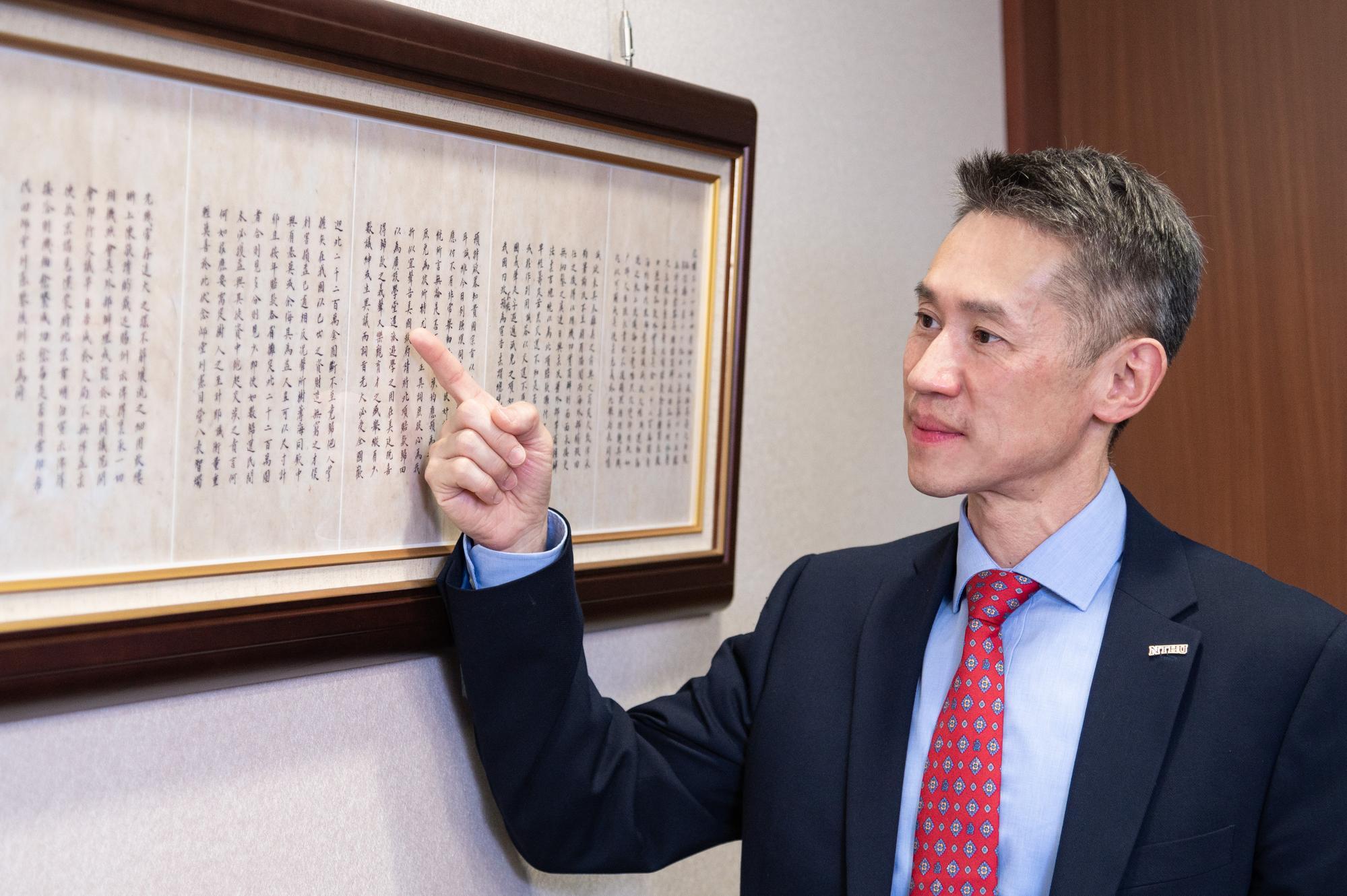
NTHU President W. John Kao (高為元) pointing out some of the details in these important historical documents.
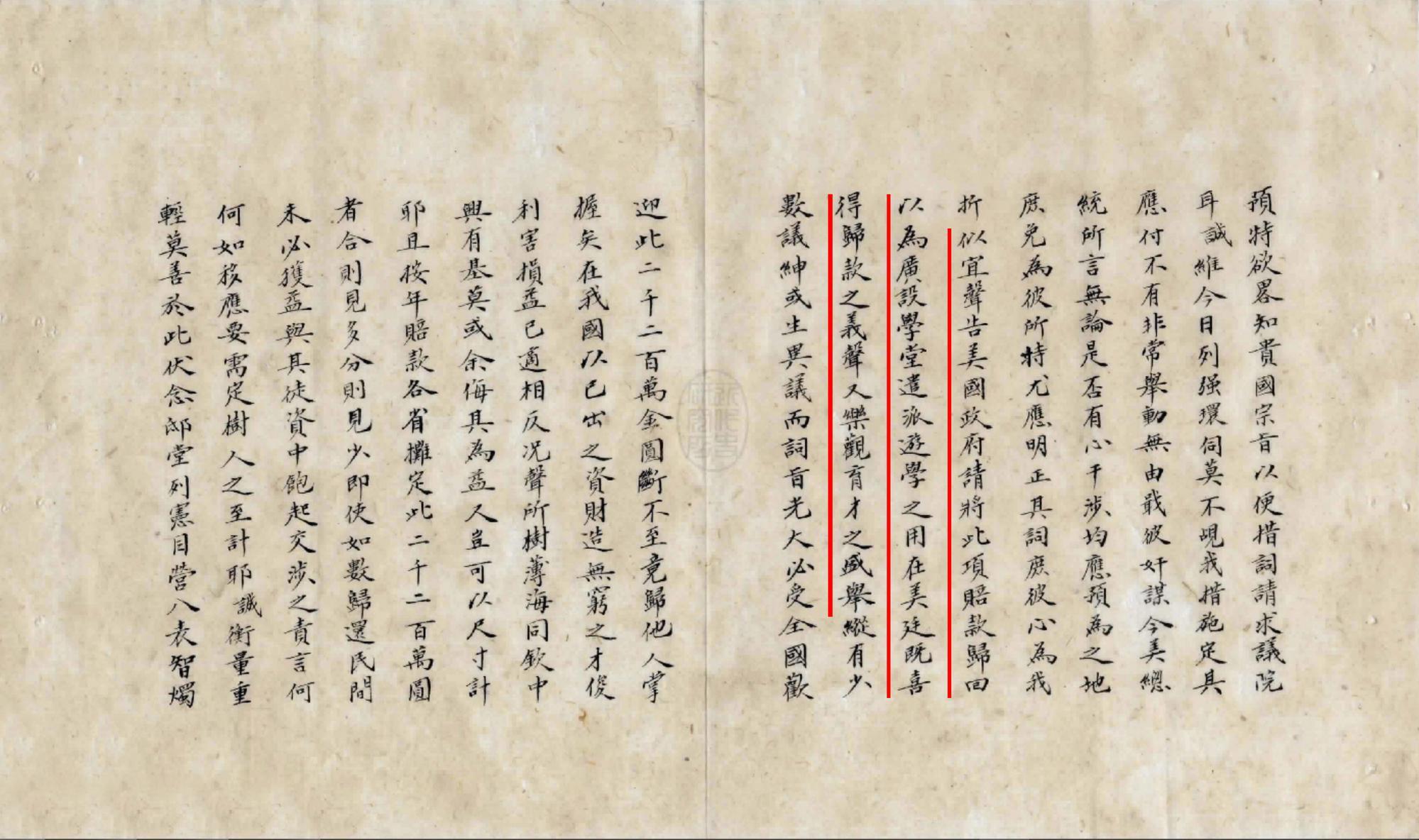
In these telegrams, Liang states that there is widespread support in the US for a refund of the Boxer Indemnity, especially if the refund were to be used for education.
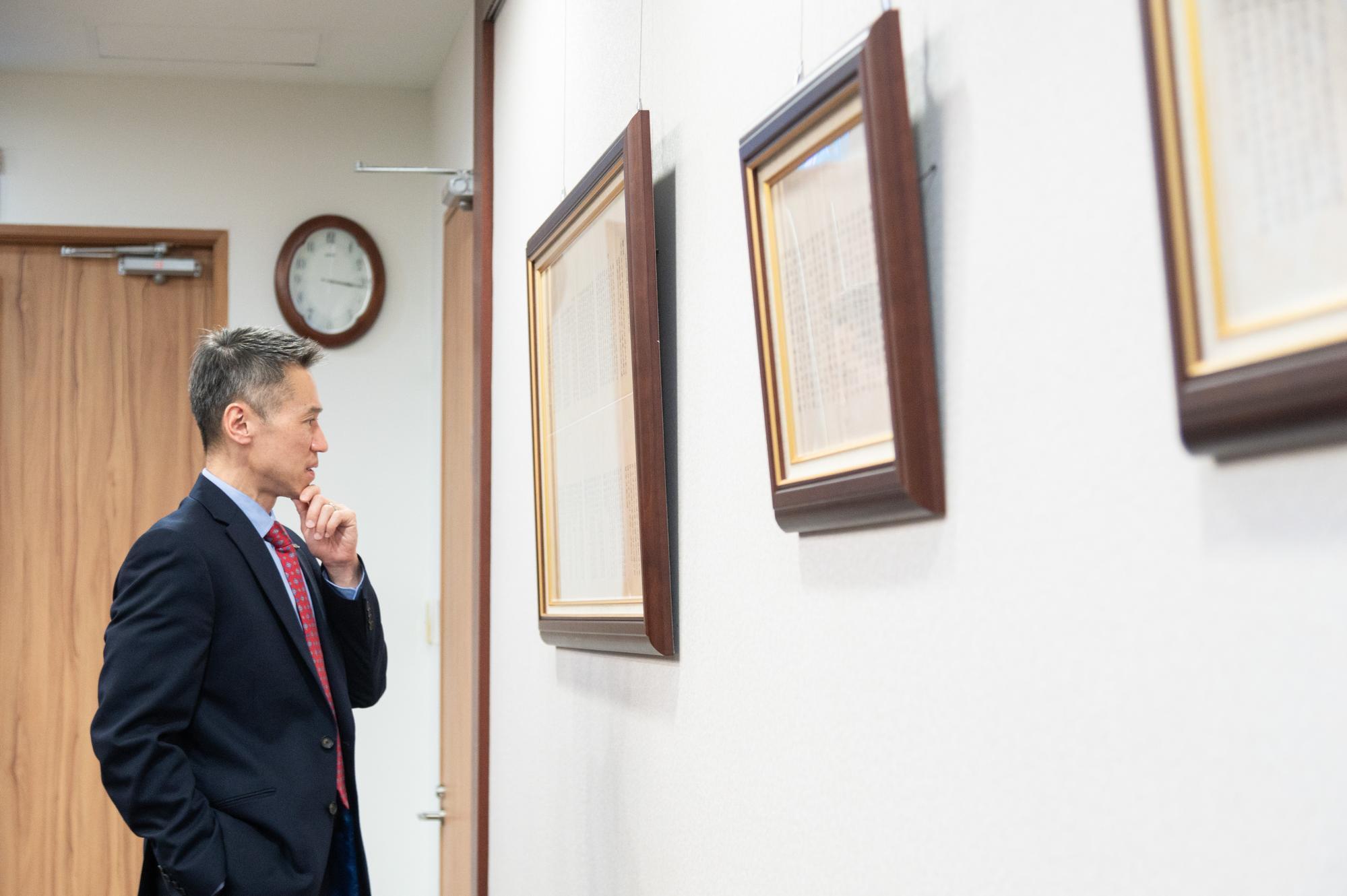
NTHU President W. John Kao (高為元) pointing out some of the details in these important historical documents.

The Tsing Hua Entrepreneur Network (TEN) purchased copies of the ten telegrams relating to the refund of the Boxer Indemnity, and selected the three most important ones to be enlarged and framed for display in the President's Reception Room at NTHU.
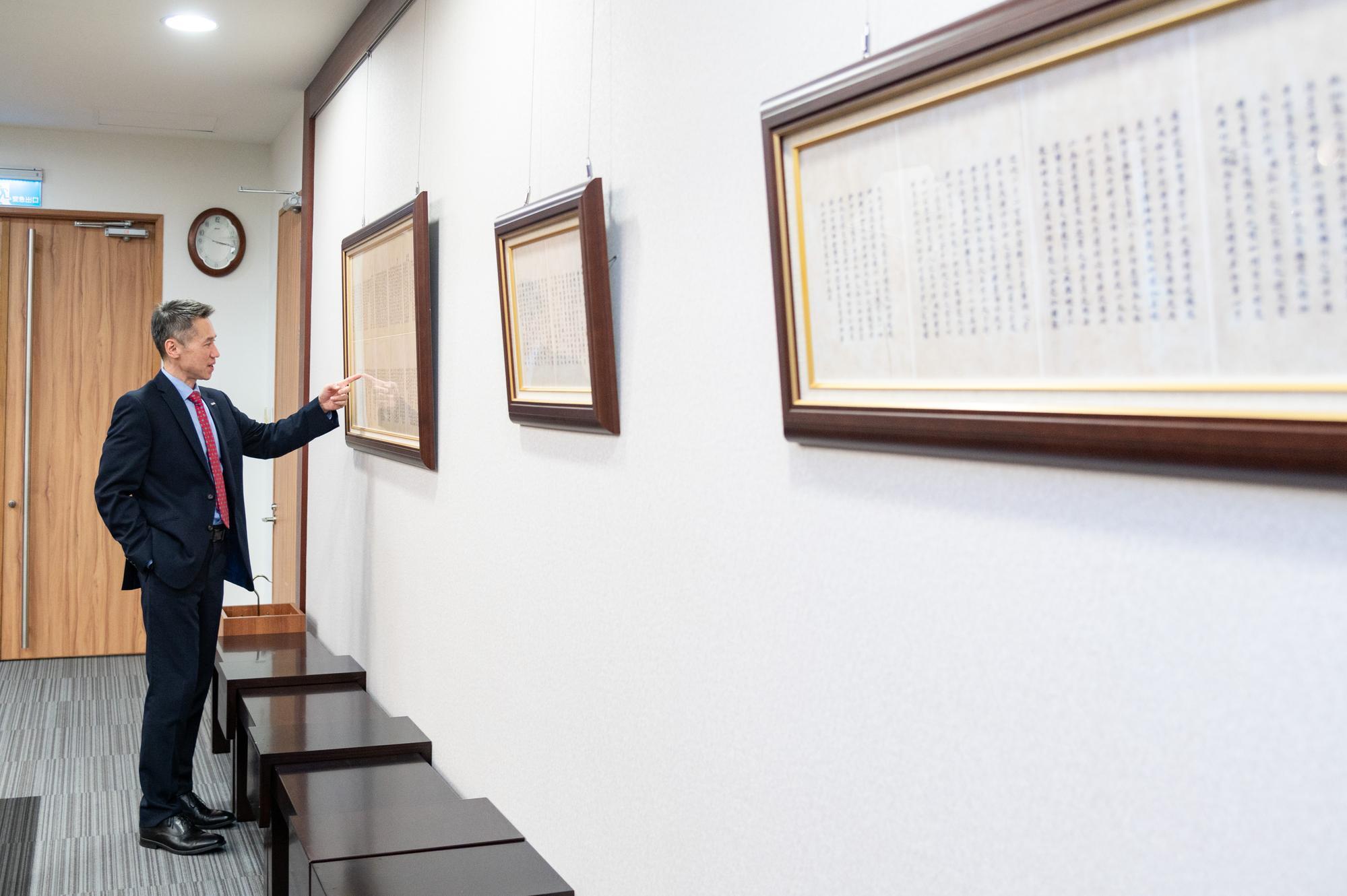
The reproduced telegrams on display in the President's Reception Room at NTHU.

In one of the documents, Liang points out that the way in which the interest on the Boxer Indemnity was being calculated resulted in an overpayment of more than US$10 million.
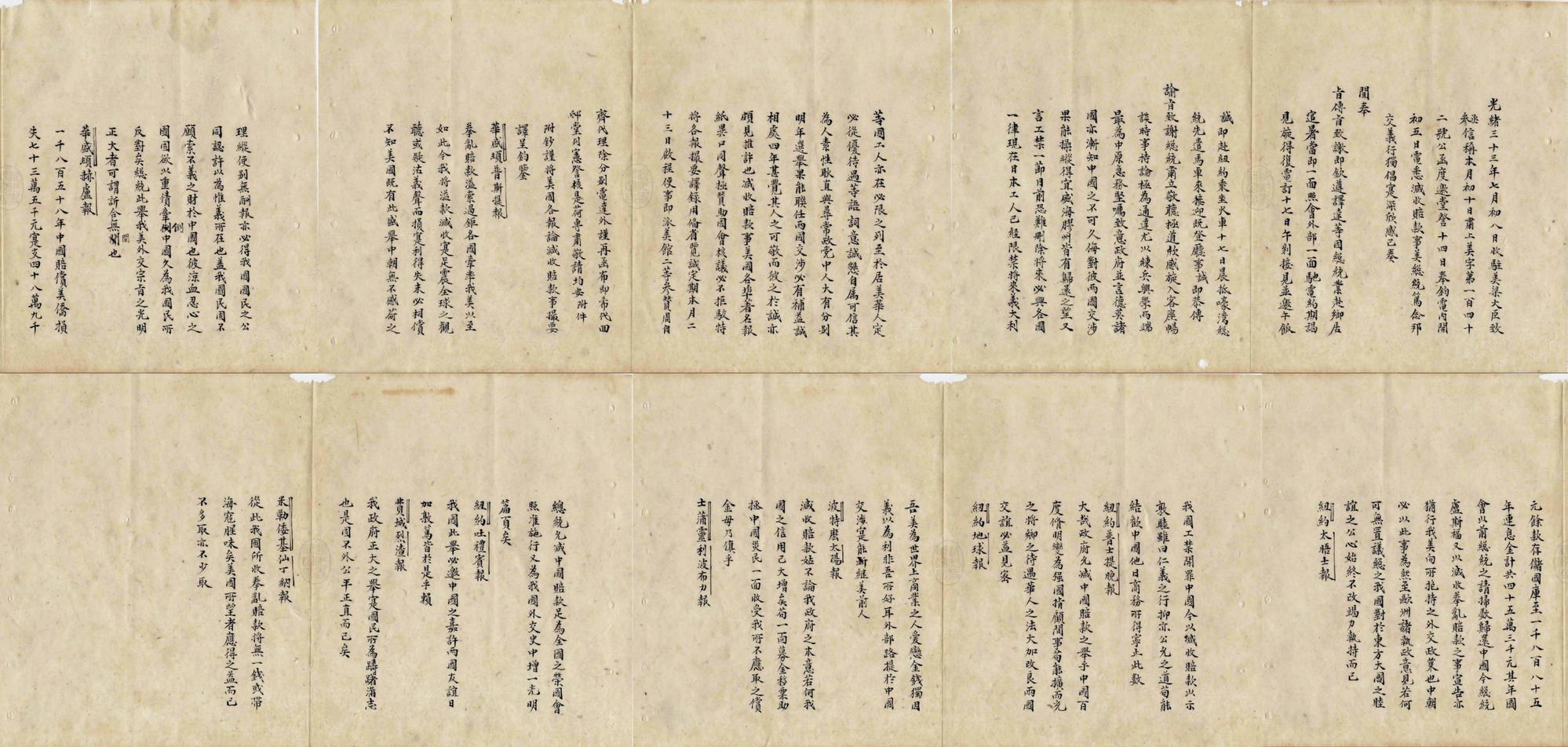
In one of his telegrams to the imperial court, Liang Cheng (梁誠) states that the refund of the Boxer Indemnity was frontpage news in major American newspapers.








